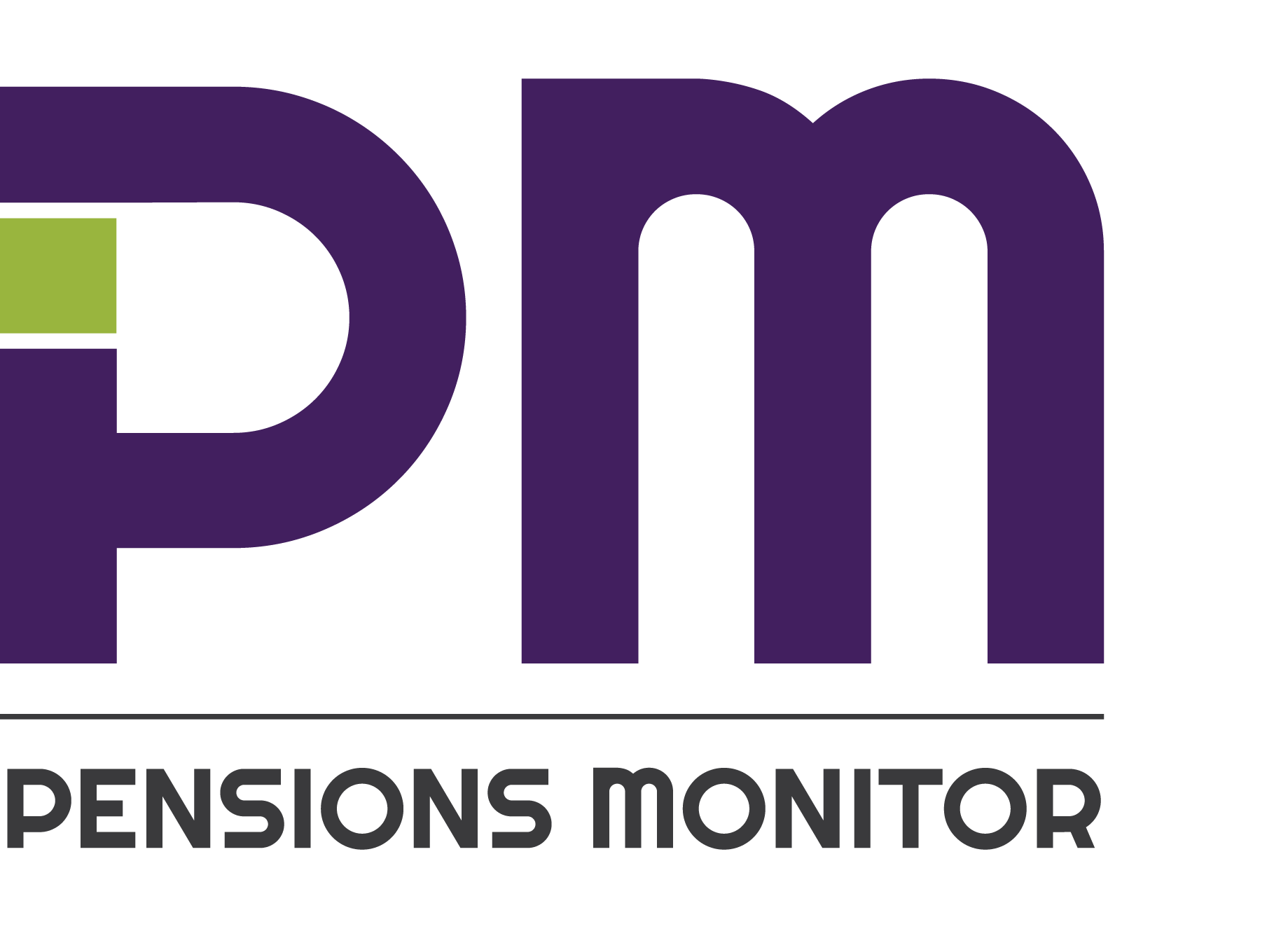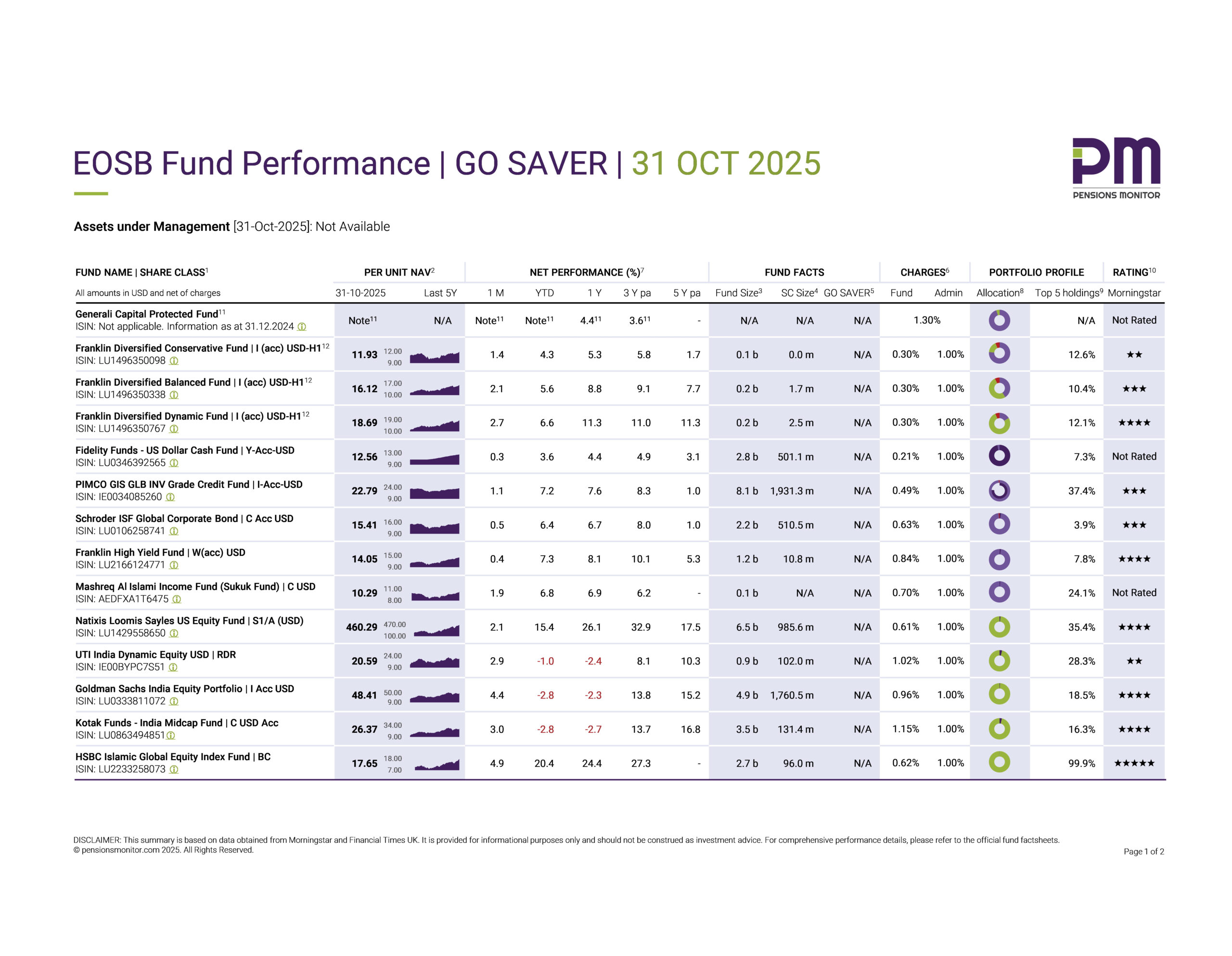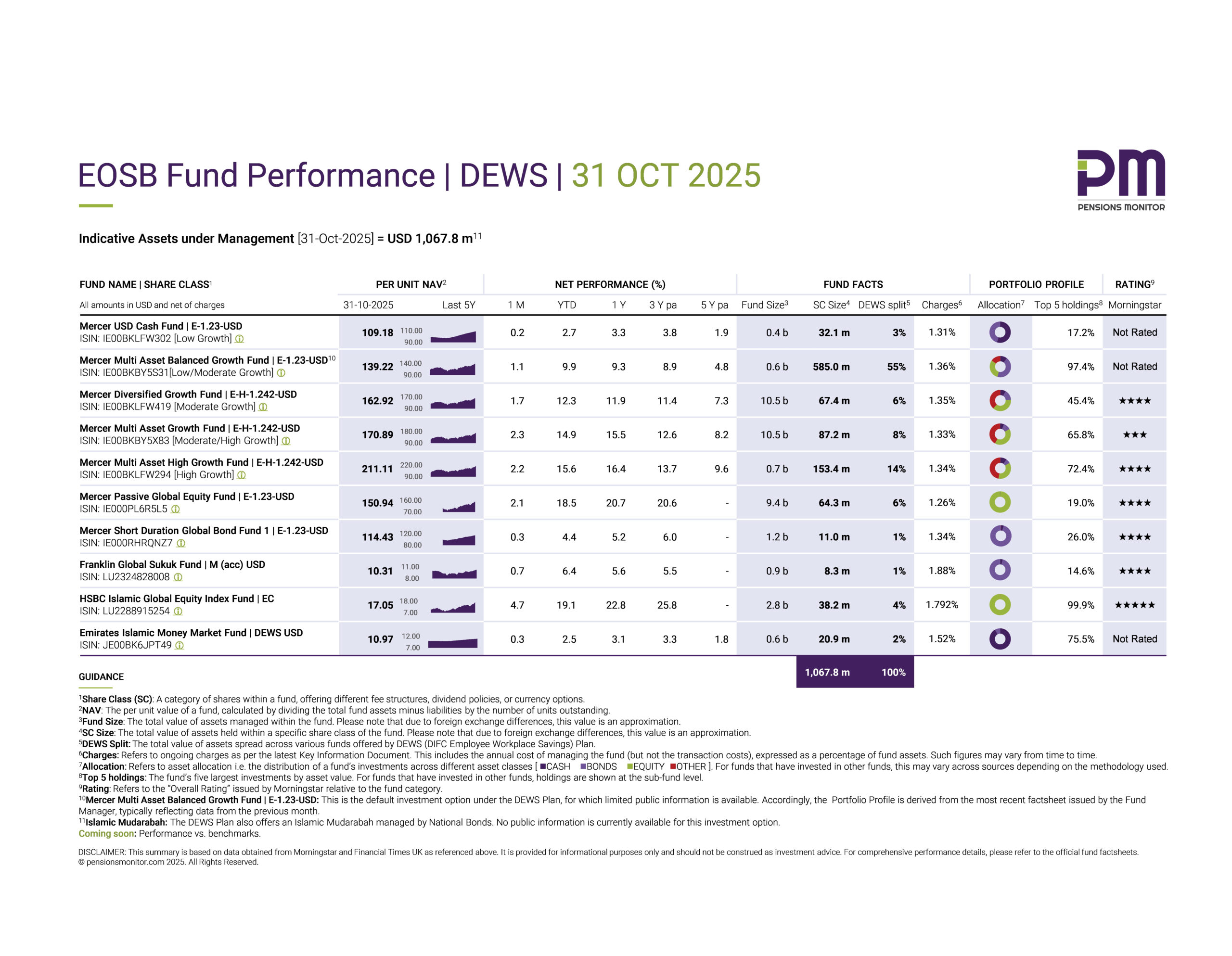
Since the introduction of Cabinet Resolution 96 a year ago, there is much debate within the industry on when exactly this new scheme will become compulsory. This change will be significant for the UAE, as it will affect every single company and every single employee – and let’s remind ourselves that there are over 788,000 private sector companies in the UAE as at the end of 2023, employing about 6.5 million employees.
Currently, the scheme is entirely voluntary, but it is evident that there are plans to make the scheme compulsory in the future. Hence the question: when will this “Big Bang” occur?
Well, we do not have any insider knowledge on the matter, however, we at Pensions Monitor have spoken to many industry experts on this topic and have formed a good understanding of what could be a realistic scenario. To begin, let’s examine the main factors influencing the timeline:
Good choice of providers
First and foremost, there must be a sufficient number of providers (fund managers) in the market. Making the scheme compulsory wouldn’t be effective if only 2-3 options are available to choose from.
At present, we know of three approved providers, with several more in the pipeline. However, even the approved providers require more time to fully develop their offerings. For example, a fund manager may initially launch with the compulsory Capital Guarantee Fund, and then later introduce additional risk-based funds options.
Knowing what we know today, we think that it will take at least another 6-12 months for more players to enter the market, and for all providers to offer a decent selection of funds.
Tried and tested solutions
Of course, it is crucial for all providers to ensure that their solutions are robust enough to withstand the “big bang” when all companies and employees will have to enrol in the scheme. This requires addressing many process bugs and IT issues which can realistically only be done with a “test population”. This is, in our view, the reason why the scheme is currently voluntary. The first clients are essentially test pilots for the new scheme.
Again, based on discussions with industry experts who have introduced complex IT solutions and financial service products, it is safe to assume that it will take at least one year of thorough testing to identify and resolve such issues.
Fine-tuning legislation
During the course of testing, and based on feedback from fund managers, employers and employees, it may become necessary to amend certain aspects of Cabinet Resolution 96. (We have already identified some points for consideration which will be discussed in separate articles in the future).
Any such amendments will require time to navigate the legislative process including drafting, reviewing, and issuing changes. This process can easily take 6 months, if not more.
Informing, training and enrolment
Finally, let’s consider the enormous task of informing ~800,000 companies and 6.5 million employees about this significant change. The change needs to be announced well before it will occur, to provide companies, employees and providers sufficient time to prepare. Providers have to be chosen, employees informed, companies need to go through the enrolment process which is not trivial, systems have to be adapted, HR departments have to be trained and the “to-do” list is long. (More on these tasks will be discussed in our upcoming articles).
Therefore, we imagine that the timeline between the announcement and the effective date will be at least 12 months. For context, the Corporate Tax (CT) – a similar impactful change for all companies in the UAE – was announced in January 2022, and took effect on 1 June 2023 or 1 January 2024 (depending on financial year-end of companies), that is to say that the authorities gave companies 18 to 24 months to prepare for the change and even so, the CT registration process has been phased based on the expiry date of company trade licenses.
When will the EOSB Savings scheme become compulsory?
Considering the factors discussed above, we at Pensions Monitor think a realistic timeline is likely as follows:
-
A good choice of providers with a good selection of funds will likely be in place by mid-2025.
-
Towards the end of 2025, MoHRE and SCA, the regulators of the scheme will have sufficient feedback to make any necessary adjustments to the regulation or processes (if so required).
-
By the end of 2025, fund managers will also have served their first clients for several months, allowing them sufficient time for testing and resolving teething problems.
-
Hence, January 2026 is the earliest possible date in our opinion, for an announcement regarding the compulsory implementation of the scheme with at least another year allowed for preparation.
-
This brings us to January 2027 as the anticipated date when the scheme could become compulsory with company enrolment likely spread over a period of 12 months based on MoHRE company categories, trade license expiry dates or some other criteria.
Of course, there may be many factors that will influence this anticipated timeline – perhaps there is appetite to accelerate the process or perhaps the industry and regulators will encounter issues along the way which will slow down the process. Be it as it may, sooner or later the scheme will become compulsory, and that date will be upon us sooner than we think.
More insights to follow in the coming weeks. Sign up for our newsletter to stay updated on the latest developments and discussions in the UAE’s pension industry.





